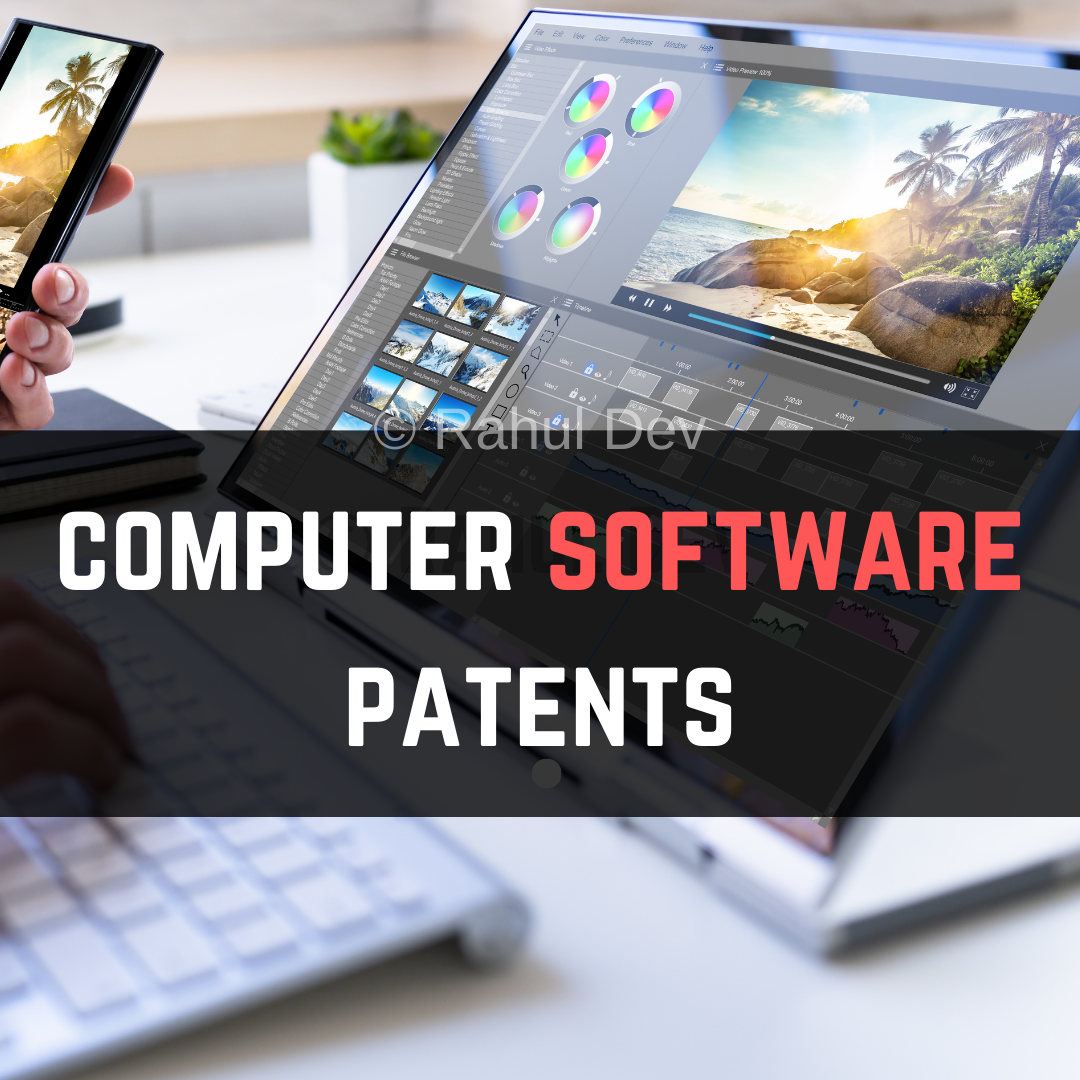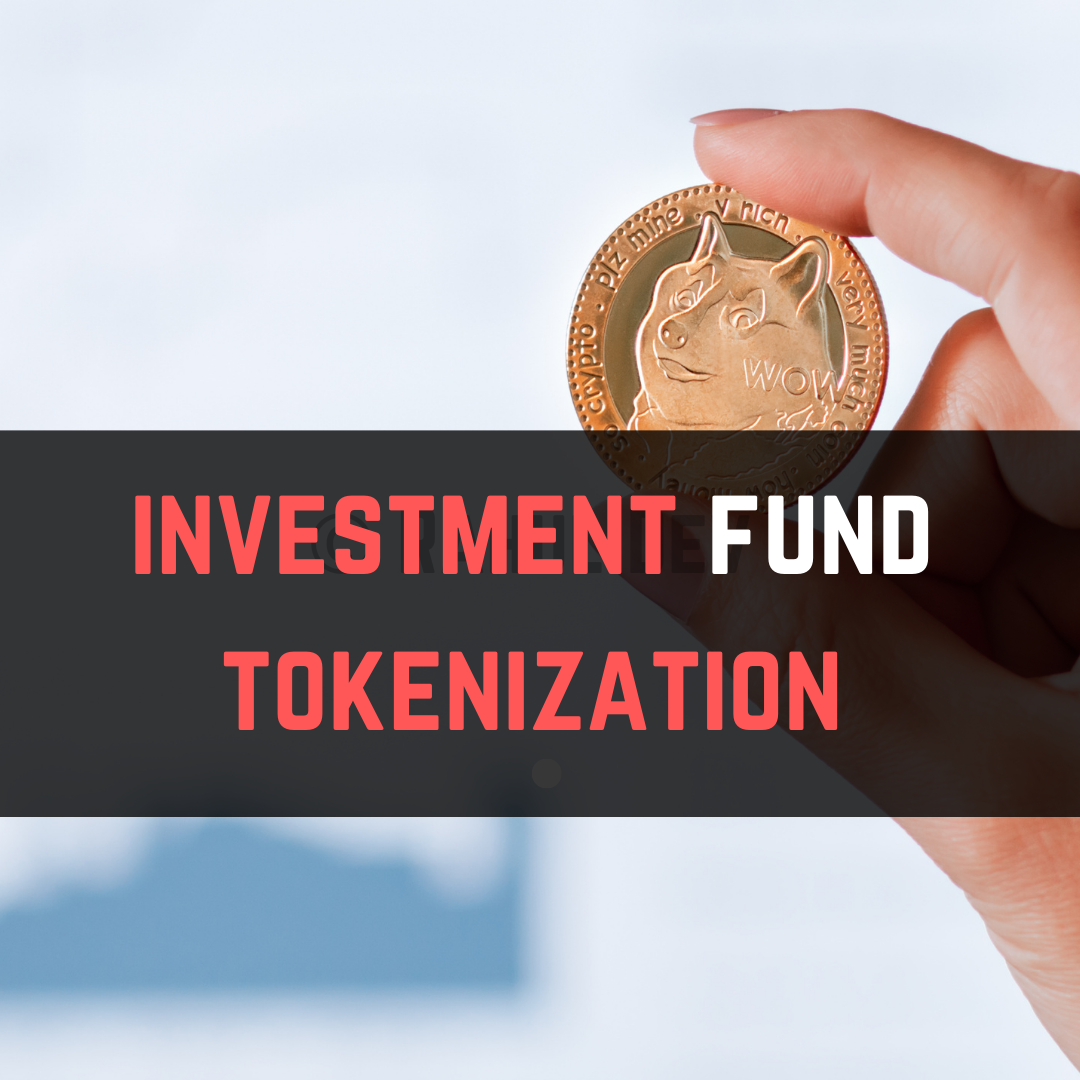

Patent attorney conducts various types of patent searches for inventors including prior art search covering patent and non-patent literature, patent invalidation searches, freedom to operate (FTO) search or product clearance search. The different types of patent searches assist in achieving multiple goals, including analysis of patentability or patent eligibility using prior art search results, determining if a patent is valid or not using patent invalidation search, and evaluating risks associated with the infringement of third party patent rights using freedom to operate or FTO searches.
You can come up with terms or keywords in order to illustrate your invention based on its utility and purpose.
In the patent office site, the search box found in the top right-hand corner of the home page you need to enter patent classification or Cooperative Patent Classification (CPC) Scheme along with the keywords describing your invention.
Illustration: If you are trying to find CPC Classifications for the patents related to umbrellas, you would enter “CPC Scheme Umbrella”. You can determine the most relevant classification to your invention by scanning the classification’s Class Schemes results.
By reviewing the CPC Classification Definition you can accordingly verify the relevancy of the CPC Classification.
From the selected set of your most relevant patent publications, you can review each one in great detail for any similarity you come across to your own invention. You need to pay close attention to the additional drawings pages, the specifications and most importantly, the claims.
Also, the references cited by the applicant or the patent examiner or both can lead you to an additional set of relevant patents.
Retrieve U.S. published patent applications along with the CPC classification you selected in Step 3 in the AppFT (Applications Full-Text and Image), you can use the same approach used in Step 4, in which you narrow down the results to the most relevant patent applications. After this, you need to examine the selected published patent applications closely and paying close attention to the additional drawings pages, their specifications and most importantly their claims.
Widen your search to find more U.S. patent publications using keyword searching in PatFT or AppFT archives, classification searching of non-U.S. patents on the European Patent Office’s Worldwide Espacenet patent database and searching non-patent literature disclosures of inventions using the free electronic and print resources of your nearest Patent and Trademark Resource Center.
The patent legal opinion and analysis provides a problem solution approach to the client which provides an edge over their competitors. The different types of patent searches help clients to anticipate future improvements in light of prior art patent results identified in the process of patent searching. As a crucial first step, patent lawyers and patent agents conduct inventor’s interview to begin the patent searching projects. The process of the inventor’s interview includes a discussion between the inventor and patent attorney to come to a conclusion as to what is the problem’s solution of the current invention and formulate a problem solution statement.
The cost of patent searching depends upon the complexity of the invention as the number of working hours has to be calculated before providing a flat fee quote. To find important previous patents with in-depth legal analysis, the process includes the following steps:
Step 1: Reading the inventor disclosure to understanding the inventive technology.
Step 2: Identifying the problem-solution statements from the patent-related document provided by the inventor.
Step 3: Identifying the inventive concept of the underlying invention the document provided.
Step 4: Invention analysis and writing down the keywords which will be used for patent searching in the patent database.
Step 5: Patent keyword research, important inventor name search, patent classification, patent family search in patent databases.
Patentability search is based on finding references of any kind either patent or non-patent document, that discloses the same and similar invention (prior arts) to the invention in question. Patentability search is also known as Prior Art search or Novelty search. Before filing for the patent application, it is imperative to conduct a patentability search. The patent searcher searches for prior arts and determines whether the subject matter of the invention is patentable under the Indian Patent Act or not. Prior arts are the documents that exist in the public domain or are easily accessible to the public.
The search helps the inventors to save unnecessary cost and time on patent preparation and prosecution. Patentability search provides information that helps the inventors to narrow down their claims to the most optimal ones and speeds up the prosecution process. Furthermore, the search may indicate where research and development investments should be allocated if an unexplored field is discovered and also indicate existing technology which could be problematic from an infringement perspective. This is to be noted that for patentability search, the entire prior art specification is to be scrutinized and not just the claims.
Patent attorneys conducting novelty searches focus on a precise sequence of steps, including, identifying the invention in question and list out all the elements and key aspects that are believed to be novel. Further, a comprehensive search is conducted through the various databases such as EPO, USPTO, other databases for patents and publications, Google Patents and the like to determine whether any of the prior art found, discloses the similar elements in either one patent, or in a combination.
The main objective of Patentability search is to ascertain whether the invention in question falls under the definition of ‘Invention’ in section 2(1)(j) of the Indian Patent Act that is being novel, inventive and industrially applicable. The patentability search report is based on effective search strategy, should ideally be a comparatively short list of publications (not only patents but other technical publications) which encompass the relevant prior art along with their date of priority. Publications that are disclosed or made available to the public before the date of filing of the patent application and that holds relevance with the technology related to the invention in the patent application are considered as prior arts. Search report is prepared based on search strategy, wherein the relevant prior arts are compared to the invention in question based on which it is decided whether the patent application in question is patentable or not.



